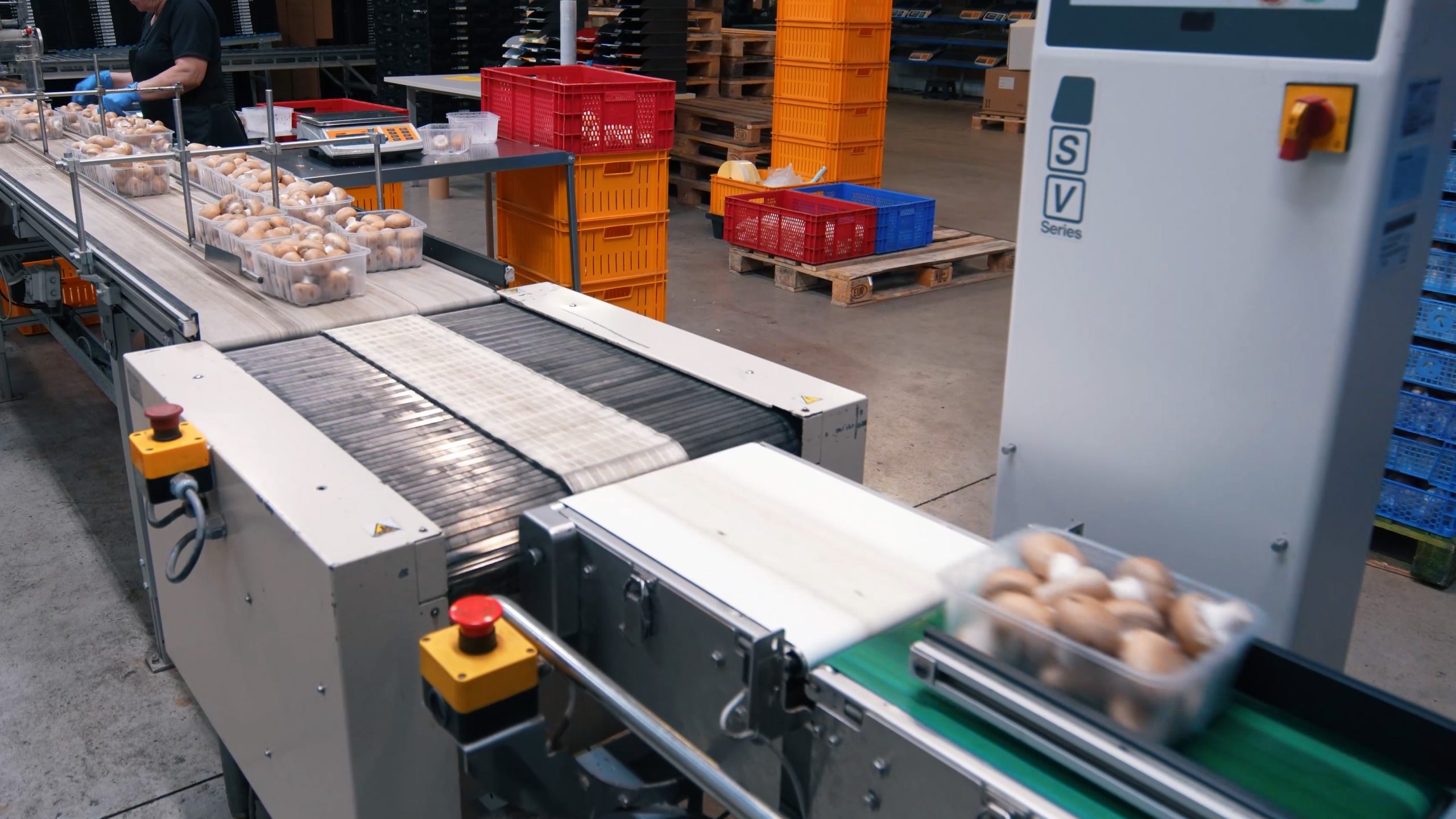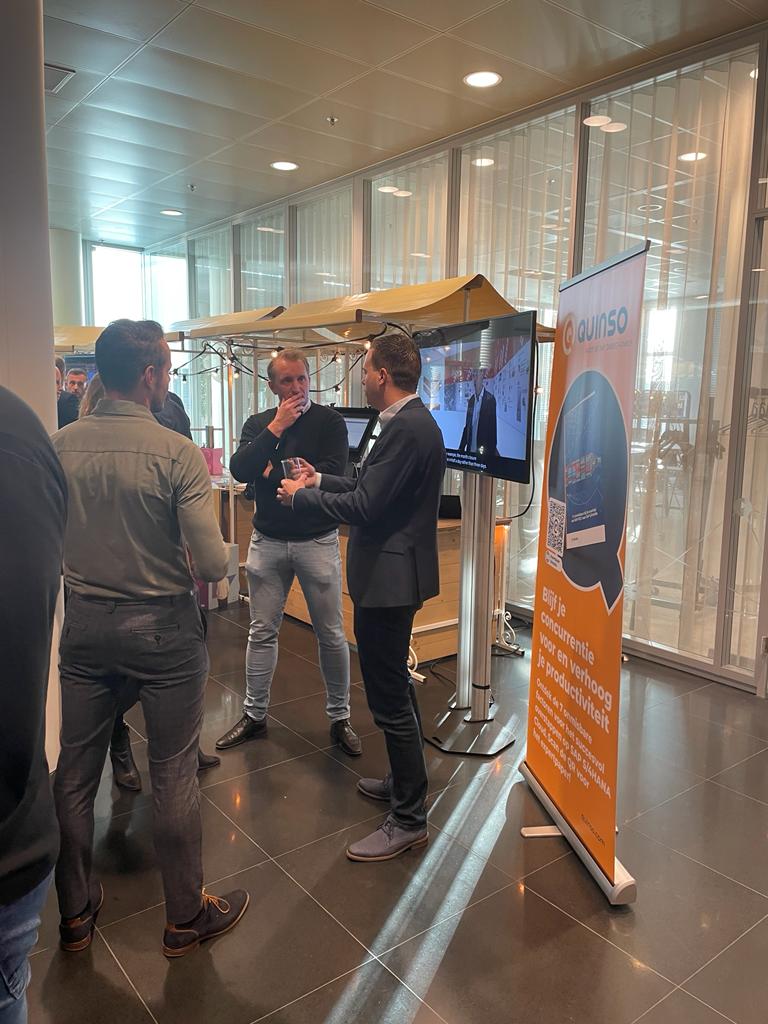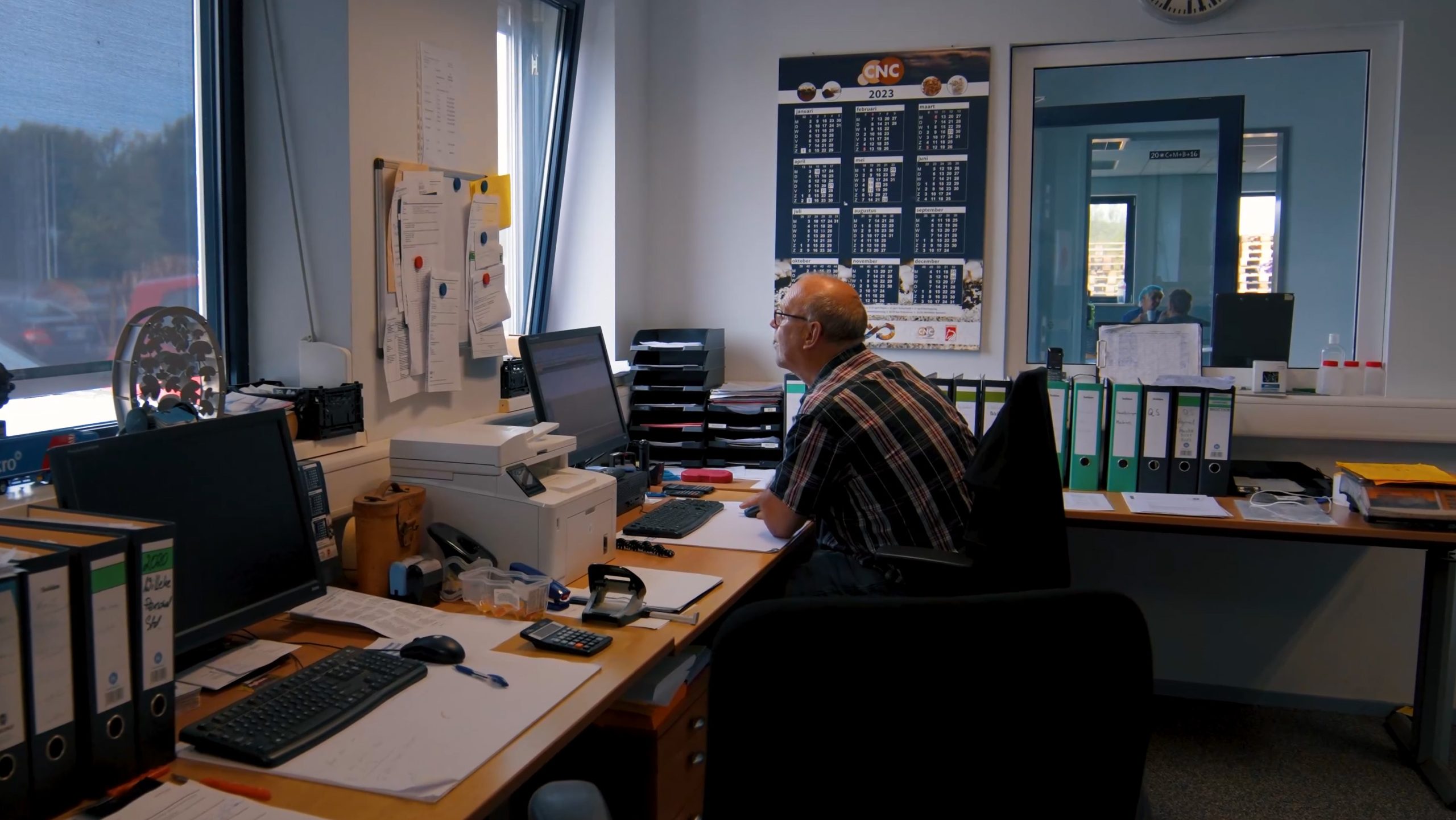When a customer passes on a rush order, panic may strike the planning department as the entire production plan collapses. Customer satisfaction, comes at the expense of streamlined production and planner’s night’s rest. Annemarie de Jong explains how S/4HANA Advanced Planning changes this and makes the work of planners more interesting and strategic.

Planning can be done 24 hours a day; you are never done. That is the tragedy of being a planner. Situations can always change. Before you know it, planning grows into a full-time occupation.
One particular situation from my time as a production planner has always stayed with me. I had made a nice production plan. All orders were assigned to “slots” on the machines. Together with the work planners, I determined that all the necessary raw materials and semi-finished products were present. We were about to finalize the plan for the coming week. Right then, the director came to me. He had just returned from a lovely afternoon on the golf course with a client. My director urged me to schedule a large rush order. He wanted the order on the first available slot. Because he had committed to that during golf.
Troubled bottlenecks
Of course, all sorts of things then threatened to go wrong, and in the consternation we had to use a great deal of artifice to ensure that the director, the customer with the rush order, and the customers whose orders would be delayed remained satisfied.
Here, of course, a lot went wrong. First, no consultation took place. In addition, planning and scheduling was a craft. It was exactly handiwork. An intervention like my director’s immediately caused turmoil and upset the entire schedule. After that, there was no clear understanding. Eventually the situation did straighten out and there was a workable plan. But it was not a fine start to the weekend.
The list of challenges facing planners is, of course, much longer. Trouble-making bottlenecks that I often encounter as a consultant include timeliness, escalating inventory costs, schedules that turn out to be unrealistic, schedules that depend on “planner knowledge,” rush orders, turnarounds and wait times.
IT developments offer relief
IT has become an integral part of the logistics handiwork. Previously, however, systems were not equipped to handle real-time scheduling and planning issues. With the advent of faster processors and in-memory databases, solvers can take over much of the old craft. I am therefore very pleased with the decision SAP has made to include PP/DS as Advanced Planning in S/4HANA. It was always nice to use a scheduling tool to complement the traditional production planning in MRP. Now that this tool is an integral part of S/4HANA, truly new things are becoming possible, bringing both efficient production and maximum customer satisfaction within reach.
‘Classic’ MRP does not always have an answer to more complex planning and scheduling issues. S/4HANA Advanced Planning complements that through various planning methods and scheduling options. Because Advanced Planning is now in the same system as the ECC function, integration is now much easier to manage. Advanced Planning has direct access to all relevant data in SAP. This allows, possibly, the classical MRP as well as Advanced heuristics to be called in one planning run. The (planned) sales data, inventory data and machine capacity are combined into a realistic operational plan. You take an integrated approach to operational planning, with optimal coordination between logistics, business office and customer service. A graphic planning board literally shows which dominoes will all fall over in the coming days the moment you schedule that one rush order on the first available slot. As a result, the consequences of each decision become immediately apparent.
Advanced Planning may also encounter resistance. Planning that takes all kinds of factors into account is still sometimes considered a unique specialty by planners. The fact that a system can take over is still sometimes met with suspicion and can make planners feel they have to give up some of their autonomy.
I disagree. Much more time is left for thinking along about further optimizations. This makes the planner’s work much more interesting and strategic.
Advanced Planning at Fujifilm
A great example in which Advanced Planning is used in practice is Fujifilm in Tilburg. The Tilburg location is an important European production base for the production of photographic paper and offset plates. Fujifilm combines MRP with Advanced Planning. MRP creates a rough schedule based on demand requirements. Then, with Advanced Planning, planners provide efficient detail planning. To do this, they use a combination of block scheduling and multilevel forward scheduling. The various steps of the overall production process are therefore seamlessly connected, ensuring timely availability of all components.
I am closely involved in that project. The difference with Fujifilm and the experience that started this blog is huge. Interventions in planning are of all times. After all, we run with (predicted) demand that can sometimes be erratic, and we prefer never to sell “No. But with Advanced Planning, you as a planner gain the ability to engage in the conversation with your client and other stakeholders in the organization.
Control, insight and confidence
You can play real-time what-if scenarios and instantly understand the consequences of certain interventions. Because the plan is translated to the shop floor down to the minute, there is clear visibility into timeliness. This allows the customer to be informed quickly and accurately. Delays are also immediately apparent. My then-director could have verified from the golf course with a single phone call that he could commit to the rush order. He could then have issued a realistic delivery time without disrupting the process.
The result is complete control, insight and, above all, confidence in the production plan. You also ensure optimal resource utilization. The system quickly provides clear reports with a breakdown by changeover time and production time. Another pleasant side effect is planners with peace of mind who are no longer putting out fires, but effortlessly take care of super-tight schedules and make gains in the on time in full (OTIF) principle so that customers can be served even better. The knowledge of all the falling dominoes, is largely in the system. Sickness or a long vacation are therefore no longer a threat to the continuity of production.
Want to learn more about smart and integrated planning with S/4HANA Advanced Planning? Are you looking for grip, control and confidence where your production planning is concerned? If so, please feel free to contact me.



